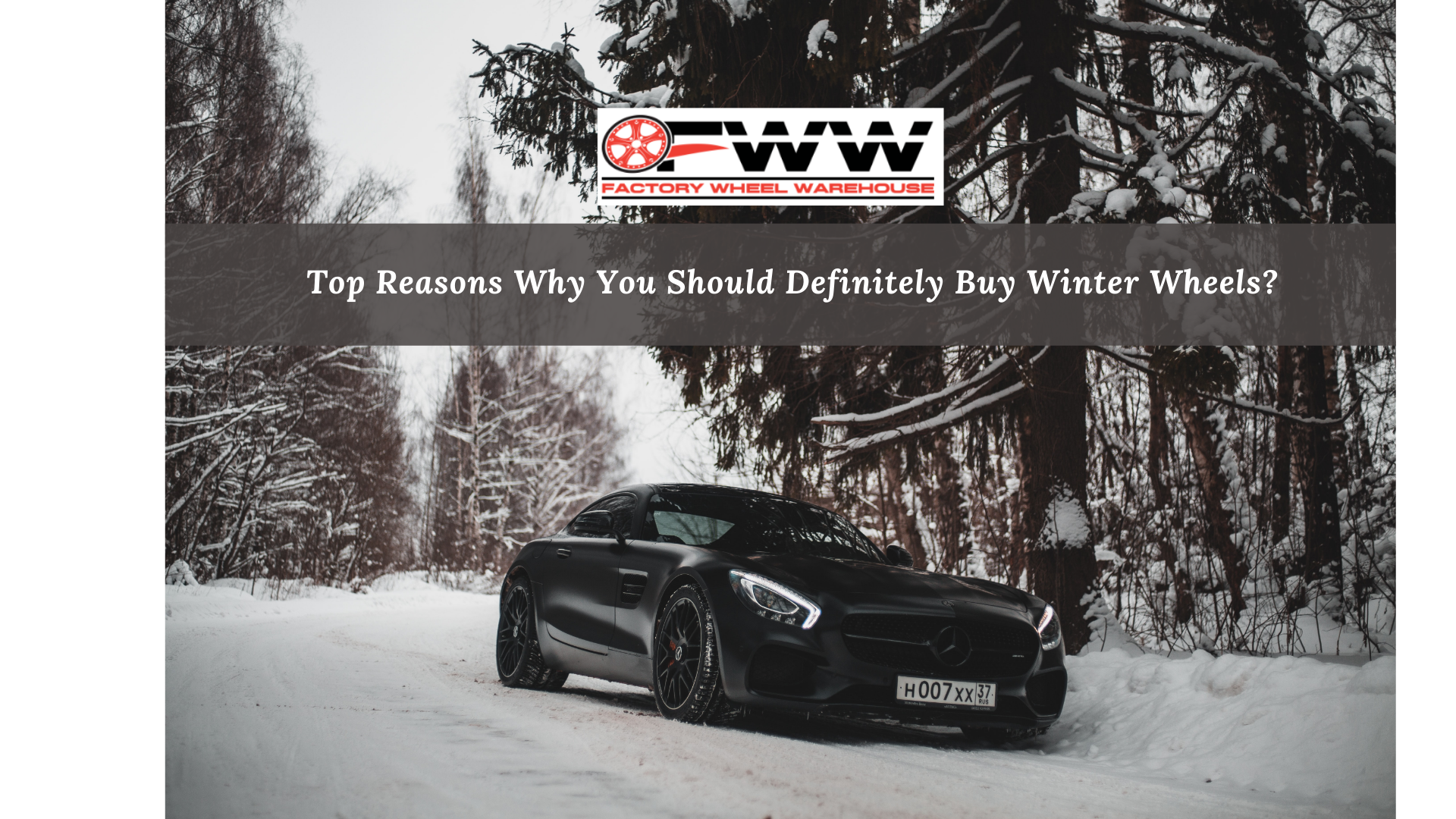Top Reasons Why You Should Definitely Buy Winter Wheels

Top Reasons Why You Should Definitely Buy Winter Wheels
Kicking off the article, one should know that OEM wheels are not a blob of rubber. There is a lot of engineering going on in your tires. The tires are the only thing that changes the shape of your car when the car is moving.
Why do you need winter tires?
To help keep you and your family safe, Factory Wheel Warehouse recommends upgrading your winter tires from those all-season summer tires. Winter wheels are designed and manufactured to especially operating in extreme winter cold temperatures which summer tires cannot bear due to very low temperatures. Softer rubber and unique tread patterns help ensure vastly reduced stopping distances and offer superior grip and road holding.
How do winter tires work?
At temperatures below 7 degree Celsius, the tread compound of winter wheels remain soft and pliable enabling the rubber to key and grip into the road surface. Winter wheels also have especially designed tread patterns to allow water and slush to easily escape from under the tire. The tread blocks are constructed with a substantial number of sips or small groves that provide extra biting surfaces to interlock with snow and ice on the road. In cold weather conditions, winter tires provide maximum grip and stability, breaking acceleration and cornering always compared to regular tires keeping you safe and mobile.
The first concept of understanding a winter tire is its contact patch.
Contact Patch:
The contact patch is the part where the soft rubber meets the asphalt of the road and it varies in width and length depending on the tire design, pressure, width, and car's weight. The footprint of a contact patch allows three things to happen. First of all, for the power to be applied to the road the wheel is turning one way in relation to the car and for braking to happen as the force is applied in the opposite direction. Here the wheel is resisting the force applied in the opposite rotating direction to the car. Then we have two more axes that are out and in the axis laterally across the tire. All of the mentioned phenomena are occurring at the same time while the tire is moving. A good winter manufactured tire would deal with all of the mentioned aspects.
The next thing that should be known is the profile of the tire.
Profile:
The profile is the height of the tire in relation to its width. As far as aesthetics are concerned, we love our low profile tires as they look amazing on any car. There has been an increasing trend in the last decade to decrease the height of the car wheels as low as possible in relation to its width. This depends on the frame inside of the tire hidden in the rim of the tire called the belts which are made up of polyester or steel. They do not just bring that profile down but also when we do this, we can change the nature of the operation of the tire in two kinds of loads. One of the loads on the tires is radial load, the load that comes if force is applied vertically down on the tread, the stiffer the profile it may change the drive comfort you can get as it introduces drumming in the car while moving. The second load is the lateral or sideload on the sides of the tires. The low-profile sidewall is stiffer so the tire will move lesser on the lateral side of the road as you go from left to right of a corner. That’s great for performance but that also harshens up your ride because there is less give in the overall design. It’s a trade-off between sharp performance and a comfortable ride.
The third part depends on the tread of the tire.
Tread:
Tread is the intricate patterns on the face of the tire that can be seen visually. This is not just visible on the tire to have a visible pattern or to look cool but these designs are deliberately put on the tire to deal with all weather conditions, may it be rainy, sunny, snowy, or dessert. The sole purpose of these treads is to provide grip on the roads. The way the tire grips and then releases the road at corners of roads is the key feature of these treads. The tires can create oversteer or understeer as tires slip as they turn but the nature of the tires allows the car manufacturers to dial in the cornering behavior that they want in their overall behavior. Finally, the treads have a role in the quietness of the tires as the way in which the tire grips and releases the road creates more or less varying kinds of sounds and that’s all the road noises that we hear come from the tire gripping the road its self.
For professional services about rims and wheels call us at +1 518-579-9260
Related Articles: Tesla Wheels and Rims









